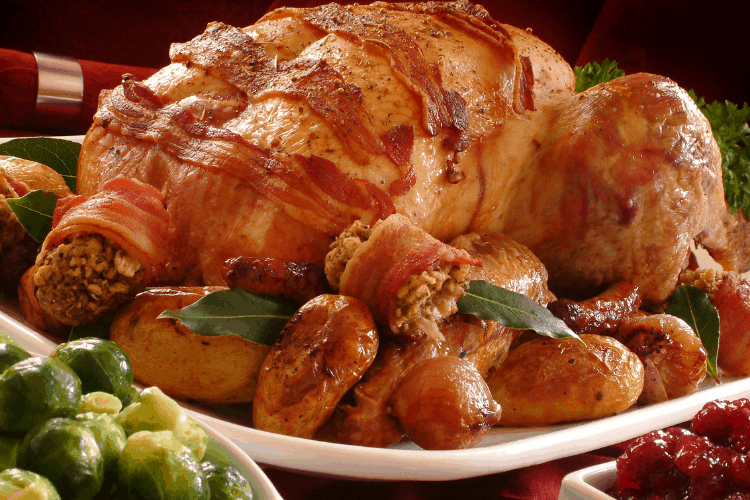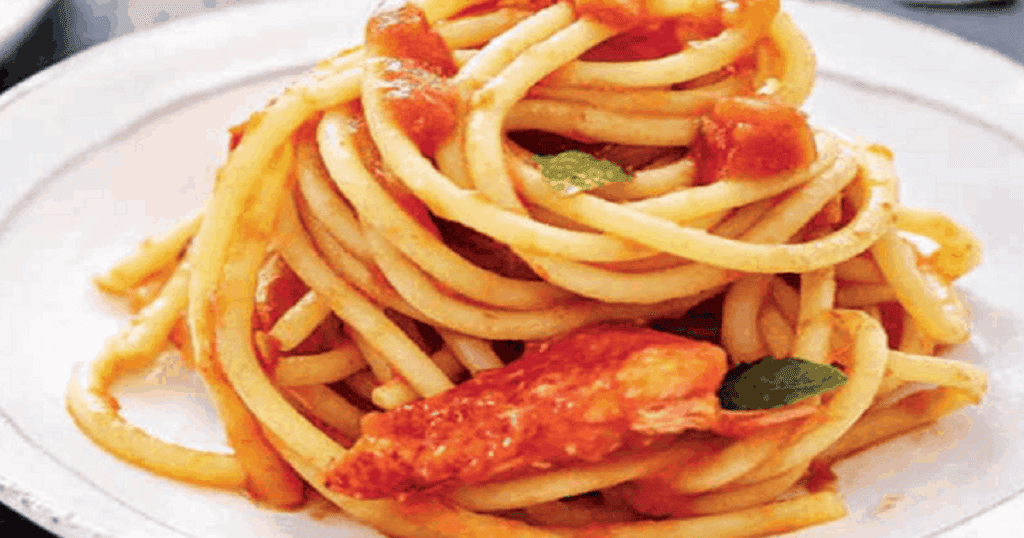Tantalize your taste buds this holiday season by mastering Gordon Ramsay’s secret technique for cooking the perfect turkey! With the festive spirit and culinary expectations at their peak, everyone’s quest for the ultimate holiday meal centerpiece is more vibrant than ever. I am thrilled to share the genius behind Gordon Ramsay’s celebrated turkey recipe.
Known for its succulent meat, golden skin, and rich flavors, this guide will unveil how to infuse your turkey with the perfect blend of lemon, parsley, and garlic, complemented by Ramsay’s signature herb butter. Ready to undertake a culinary journey that guarantees applause from your dinner guests? Keep reading as the secrets unfold, elevating your holiday feast to gourmet heights with every slice of the delightful Roasted turkey.
Is it better to cook a turkey at 325 or 350?
It depends on your preference and the recipe you are following. Cooking a turkey at 325°F is recommended for a slower, more even cooking, which helps prevent the bird from drying out. On the other hand, cooking at 350°F will cook the bird faster, which can be more convenient if you’re short on time. Both temperatures can yield delicious results if you monitor the internal temperature to ensure it reaches a safe 165°F in the thickest part of the breast and thighs without overcooking.
Should a turkey be covered or uncovered when roasting?
Whether to cover a turkey during roasting depends on your desired outcome for the skin. Generally, you should start roasting the turkey uncovered so the skin can brown and become crispy. If the skin is browning too quickly, you can loosely cover the turkey with aluminum foil to prevent it from burning. Some recipes may also call for covering the bird for some cooking time to help retain moisture.
Do you put Liquid in the bottom of the pan when roasting a turkey?
Adding Liquid to the bottom of the roasting pan can help create a moist environment within the oven, which may help prevent the turkey from drying out. The Liquid can also be used to baste the turkey and to make gravy after the turkey is cooked. Common liquids include broth, water, or wine. However, ensure the Liquid does not touch the turkey, as you want the skin to dry enough to crisp up.
How do you roast a turkey so it isn’t dry?
To roast a turkey without it drying out, consider the following tips:
- Brine the Turkey: Soaking the turkey in a saltwater solution before cooking can help to keep it moist and flavorful.
- Use a Meat Thermometer: Cook your turkey until the internal temperature reaches 165°F in the thickest part of the breast and thigh. Avoid overcooking, as this is a common cause of dryness.
- Let it Rest: After roasting, allow the turkey to rest for 15-30 minutes before carving. This lets the juices redistribute throughout the meat.
- Baste the Turkey: Basting the turkey with its juices or a marinade during cooking can help keep the surface moist.
- Roast at a Lower Temperature: Roasting at 325°F can help cook the turkey more evenly and prevent drying.
- Add Fat: Rubbing the turkey with butter or oil or covering the breast with bacon before roasting can also help to lock in moisture.
- Avoid Frequent Opening of the Oven: Heat escapes every time the oven door is opened, leading to longer cooking times and increasing the risk of drying out the turkey.
As the aroma of your perfectly roasted turkey, prepared with Gordon Ramsay’s secret technique, fills your dining room, prepare yourself for the oohs and aahs that are sure to follow. With its succulent meat, heavenly herb-infused flavors, and golden, crispy skin, your holiday feast will be a resounding success.
So carve up your masterpiece, serve it alongside your favorite sides, and bask in the warm glow of shared joy and deliciousness. A special thanks to Gordon Ramsay for his culinary wisdom that transformed your kitchen into the heart of unforgettable moments. May your table always be surrounded by good company and your plates brimming with delights like these. Cheers to delicious traditions and new memories savored, bite by bite!”
Last Updated on January 17, 2024 by John Siracusa




